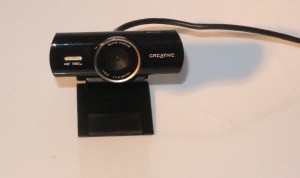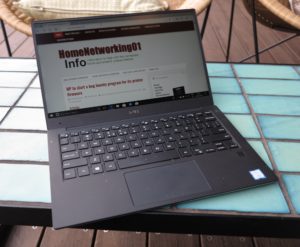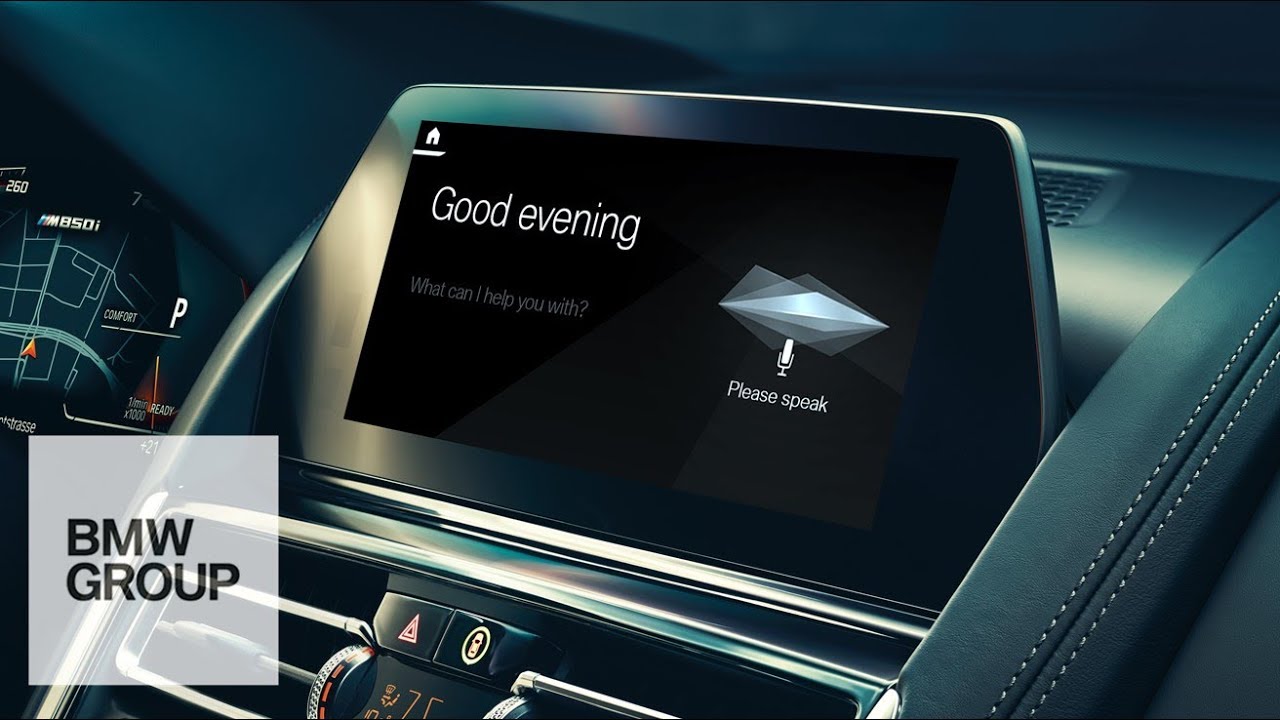Article

The Webcam attached to a laptop is used by a teacher to teach classes at a school from home while under quarantine
High School Teacher Holds Class Via Videochat While in Coronavirus Quarantine | Gizmodo
My Comments
Over the many years, technology has played an important role within education in many forms. It is more underscored through its role within distance education, which tends to be focused towards people living in rural or remote communities.
Radio earned its keep in Australia since 1944 with outback communities benefiting from the School Of The Air with classes held over distance using two-way radio technology. That technology, driven by pedal-operated two-way radio setups, was being used as a way for the cattle stations and other communities to keep in touch with each other and the outside world.
The UK integrated radio and TV as key course-delivery technologies to drive their Open University concept (Wikipedia article) for post-secondary education which began in 1967. Other technologies like computers, home video recorders and DVDs earnt their keep in this role as they came about.
Similarly, the outbreak of World War II created the concept of an “over-the-air” class for kindergarten-aged children due to the wartime closure of Australian kindergartens. This radio show, known as “Kindergarten Of The Air” ended up being broadcast nationally on ABC radio and continued until the 1980s. No doubt a significant number of Australian Baby Boomers would have remembered hearing this program on the radio when they were little kids. Some overseas stations even ended up syndicating this radio-based kindergarten class with others following the ABC’s example by running their own pre-school educational radio programs on their networks.
![BBC Model B microcomputer By Soupmeister (Acorn BBC Model B) [CC BY-SA 2.0 (http://creativecommons.org/licenses/by-sa/2.0)], via Wikimedia Commons](https://homenetworking01.info/wp-content/uploads/2015/07/Acorn_BBC_Model_B_-_Retrosystems_2010-300x199.jpg)
BBC Model B personal computer – the core of an original TV-based computer-education project that took place in the UK during the early 1980s
Many education-technology futurists over the many years envisioned the use of video conferencing and allied technologies as a regular part of the classroom. Most of us would see this peculiarly for the distance-learning sphere where one is studying at home receiving their tuition by post, email or similar transmission methods; perhaps with a smattering of other use cases like exchange students communicating with the school community they are normally based at.
But the recent coronavirus outbreak had iegitimised the use of video conferencing by allowing a teacher to continue giving mathematics classes while he was in self-imposed quarantine at home thanks to his visit to the affected parts of China for the Chinese New Year. Here, he was able to use common personal computing and Internet technology along with the school’s AV and IT setup to teach maths “over the wire” and assure his students learning continuity. Other teachers in the same predicament whether in China or Australia were using similar technology to work around any necessary quarantine requirements thanks to this coronavirus plague.
Just like with the ABC’s “Kindergarten Of The Air” using radio as a way to deliver pedagogical content during a wartime scenario where educational facilities weren’t available, the recent videoconferencing application by the schoolteacher to continue teaching maths to his students while under quarantine due to the disease outbreak is underscoring the use of technology as a workaround to deliver education when disaster strikes.
With videoconferencing and allied technologies, it could be about augmenting learning in a range of ways such as cost-effective access to specialist lessons. It can also benefit teachers and students travelling away from their home place of education by allowing them to share knowledge from that trip with students back at that place of education.
Who knows what this could lead to in the sphere of education?


